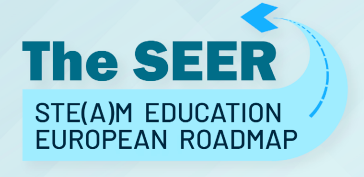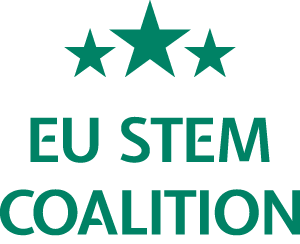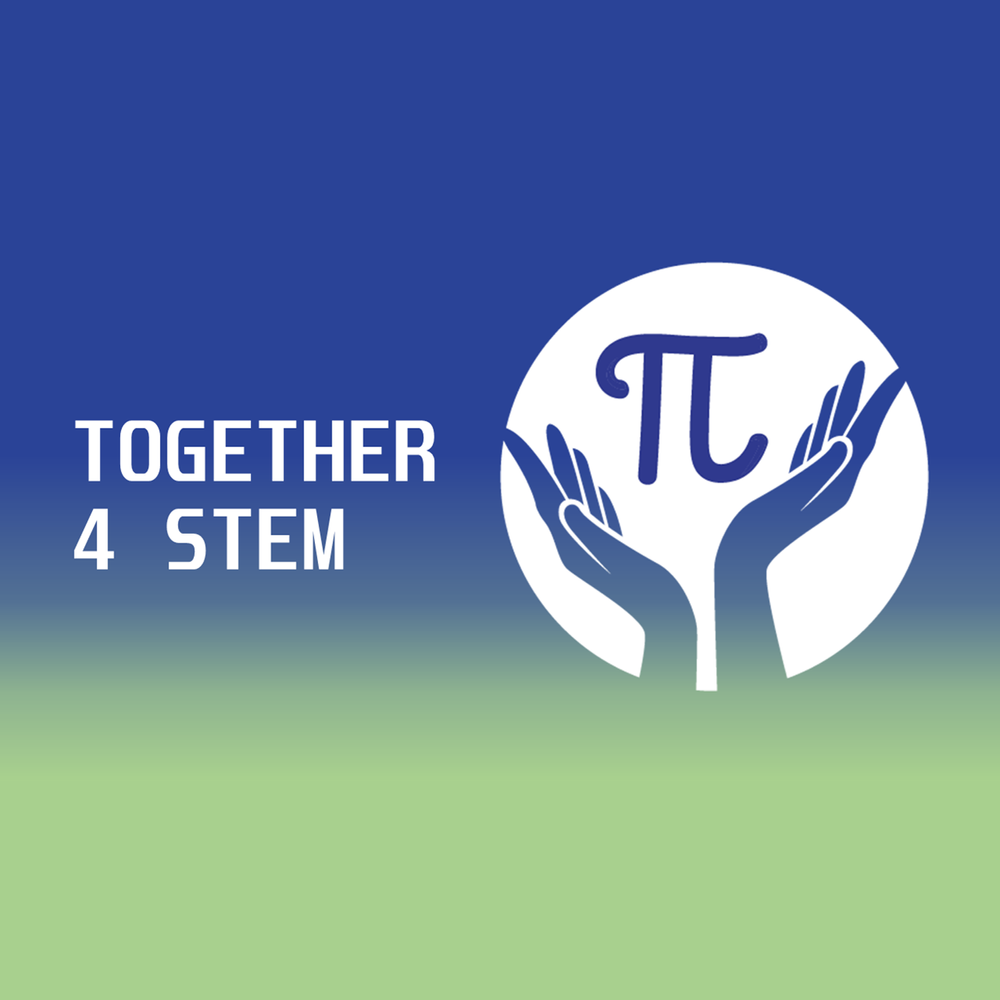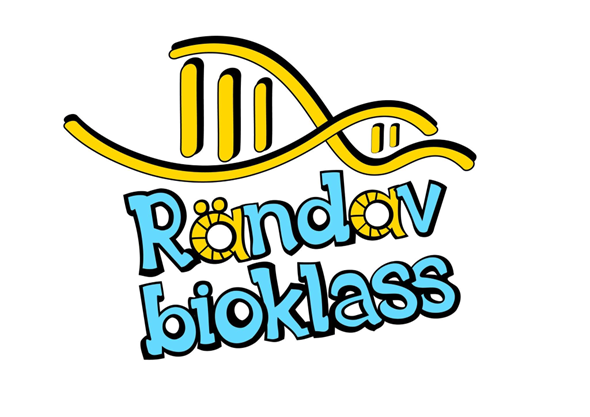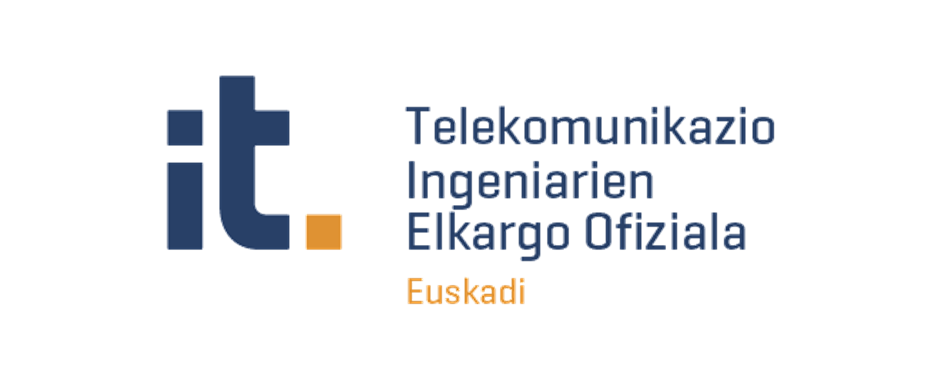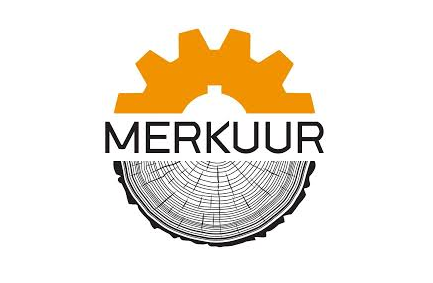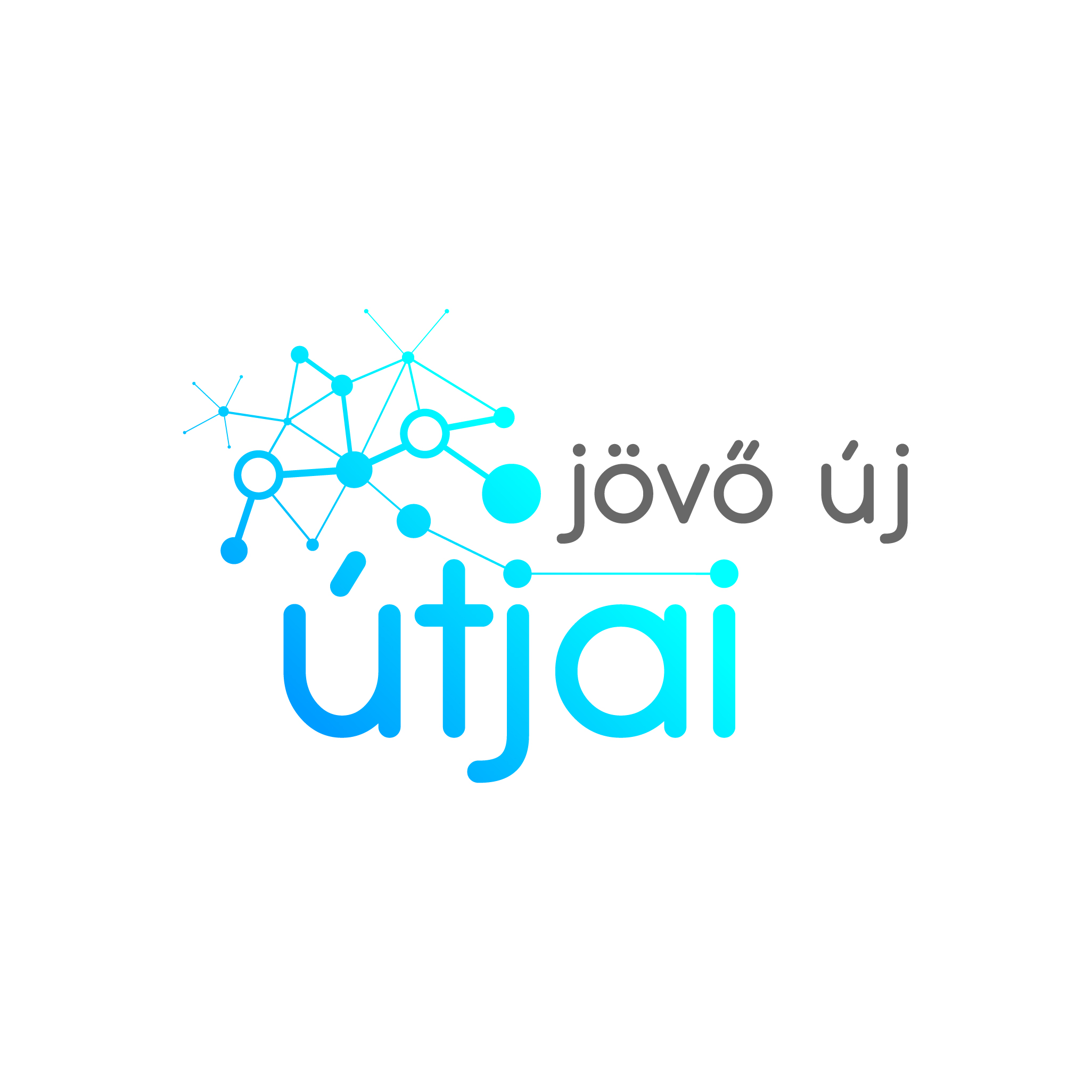Norwegian companies are reporting a major need for technologists. Technical skilled workers, engineers and scientists are in high demand, and these are all fields where women are in distinct minority. The aim of the Girls and Technology-programme is therefore to increase the number of girls that choose education within technology fields – both practical and theoretical.
The programme was founded in 2003. A partnership consisting of several social partners and the University of Agder came together to improve the recruitment of girls to the university's technology study programs. Through events with female role models, they were able to inspire and inform girls about the possibilities within technology education.
The share of women in technology studies in Norway remains low. Currently 3-11% of technical vocational students are women (Statistics Norway, 2015). 20% of Norwegian engineering students are women (Norwegian Centre for Research Data, 2017). In light of this, the Confederation of Norwegian Enterprise (NHO) decided to upscale the project to a national level in 2016. With funding from the Ministry of Children and Equality the project has now been carried out for four years and continues in 2020. In 2018 The Norwegian Society of Engineers and Technologists (NITO) and The National Centre for STEM recruitment (NCR) joined the project to strengthen the team and expand the project further. Its objective is still to increase the share of women in technology studies. Technology in this context is defined according to STEM (science, technology, engineering and mathematics). Vocational training and education is included in the project goals. The three subgoals for the project are:
- To increase the share of women in STEM higher education
- To Increase the share of women in technical vocational education and training
- To Increase the share of women in technical vocational colleges
To achieve this the project is using young female role models, under education or with jobs within technology, to show and inform about the different opportunities you have as a young girl to make your first educational choices. It is also an important aim to show the variety in what technology is and how it can be be used to improve the world and contribute to a more sustainable society. Another important aspect of the project is to show the diversity of people, with different backgrounds and competence, that is necessary to develop technology suitable for all kinds of people and needs.
The methodology that pervades all activities in the project is using young, female role models to motivate and inform about technology studies and work possibilities within technology (see related studies in background documents). The programme implements a wide variety of activities.
An annual national tour has been arranged since 2016. In 2019 the tour consisted of 17 separate events all over Norway. The target group was girls in year 9 and 10 of lower secondary school. Approximately 7000 girls participated altogether. Each event lasts for 3 hours, and consists of various short talks from role models, talk show-style chats with a moderator, short video clips, demonstration of new technologies and competitions and workshops to increase the interaction between the audience and the role models. A success factor for the individual talks was the balance between personal experience and information about a given field of education or occupation. For each event we secured a variety of backgrounds – from various technology fields, and different levels of education to fulfil each individual subgoal as described below. In addition, career counselors and teachers were invited to the event and provided with posters and info material about STEM education pathways.
In 2019 Girls and Technology also hosted two live streams on YouTube. The format of the live streams was similar to the national tour events but limited to 45 minutes. Girls from year 9 and 10 in lower secondary school were invited to participate and the live streams had more than 3000 viewers. In addition, the Girls and Technology network of universities organized local Girls and Technology events on one shared day in February. The target group for these events were girls aged between 15-19. 8 universities participated in a total of 7 events, and a total of 1850 girls participated. There were also stands with various activities during the breaks (more information on the programme's reach below).
In 2020 the physical tour was replaced by a digital tour with 11 live streams, one for each county. The streams were modified to each county with local role models and representatives from regional industries. A total of 9 600 girls in grade 9 and 10 attended the live streams.
In connection with the national tours in 2017-2019, NHO, The Norwegian Society of Engineers and Technologists (NITO) and NCR conducted a national competition for Technology students to win a study trip to NASA in Houston. The competition got significant attention at universities, in social media and in traditional media. The six winners got to experience a dream week of meeting astronauts, engineers, flight directors and many others working with space technology. The trip was communicated through daily updates on all social medias, and a film was produced after the trip (video 3). Most importantly, the winners were used as role models in the national Girls and Technology tour. Their presentations about the trip and space technology were tremendously popular among the girls in the audience. In 2020 the prize was a trip to Svalbard which also generated a lot of attention amongst students.
In adittion to the annual tour, social media and traditional media is used to reach girls year round and also to reach parents and career councelors.
